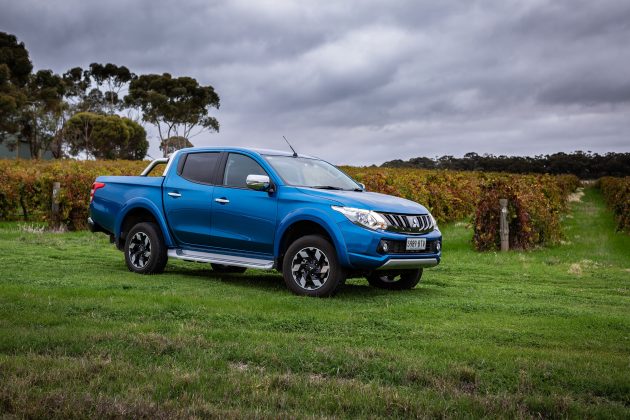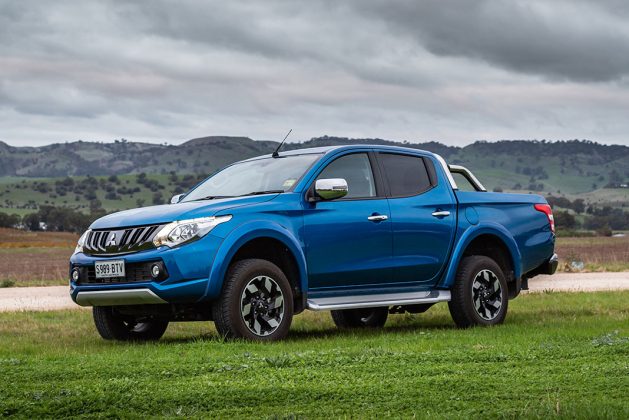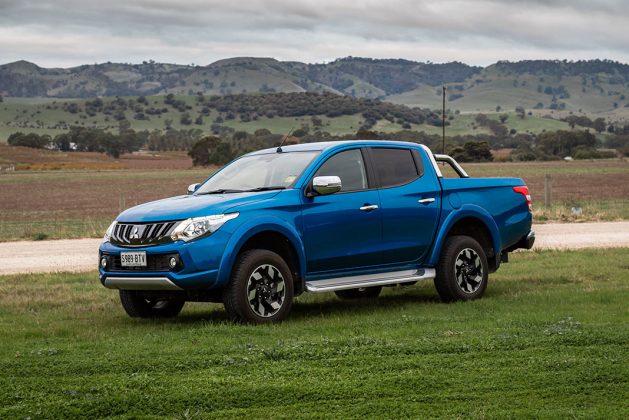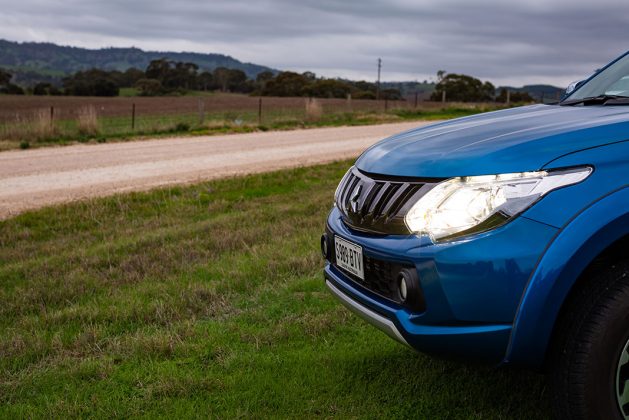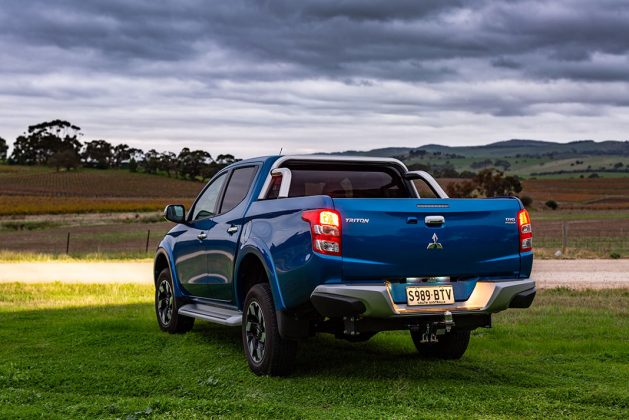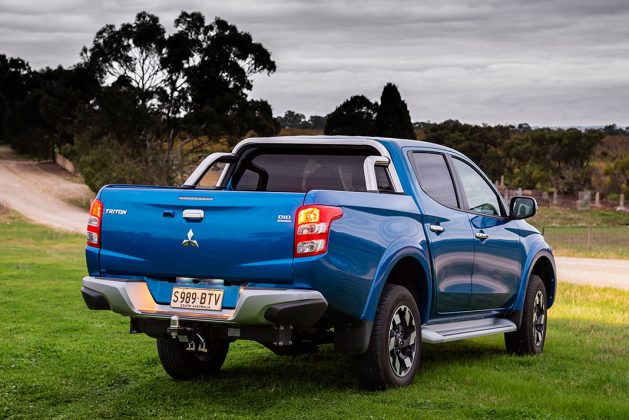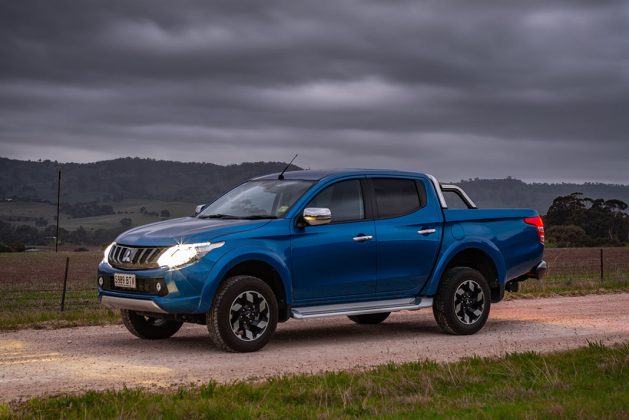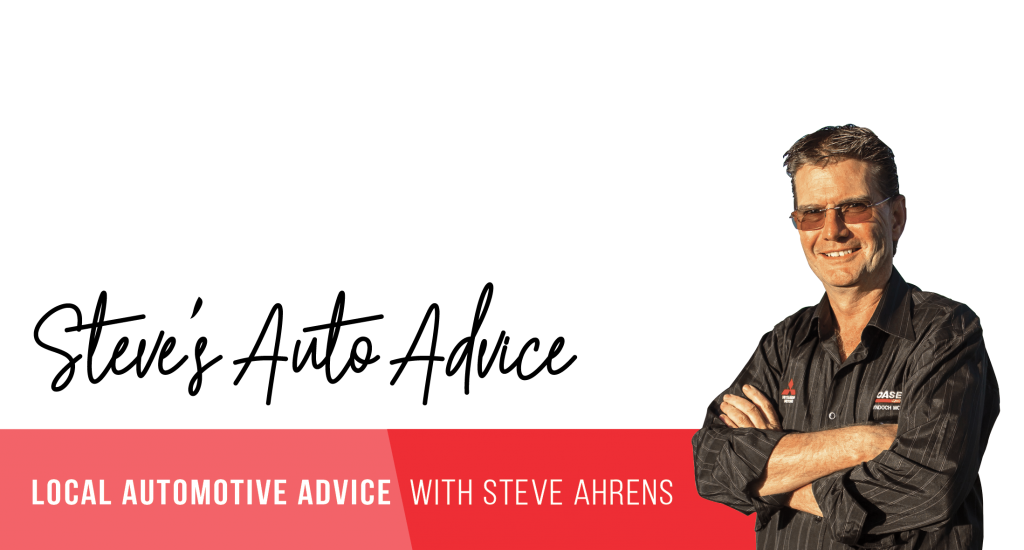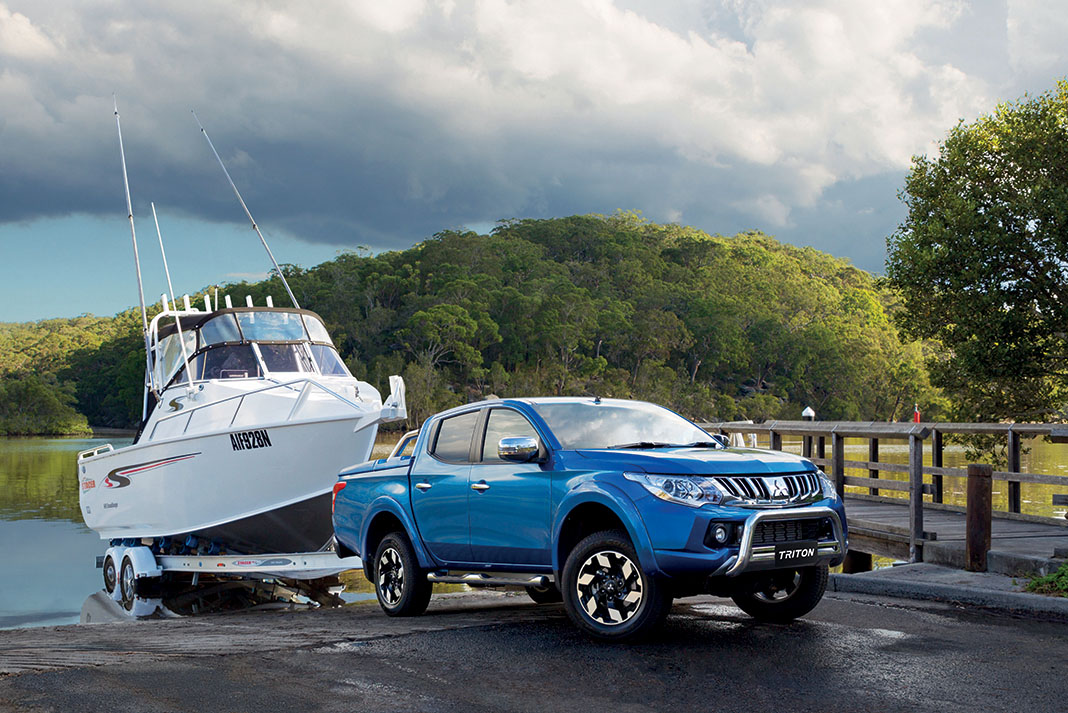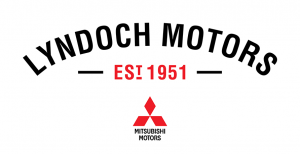SPONSORED
Understanding the abilities of your towing setup.
When towing any load behind your vehicle, it is vital to understand the capabilities and limits of your towing setup. There are a number of factors to consider and some which can easily be misunderstood, leading to overloading and potential safety issues. With an improved understanding of the capabilities of your vehicle and towing requirements, you can hit the road feeling calm, confident and aware.

In the Barossa Valley, Lyndoch Motors serves both personal and business customers throughout the region. In terms of towing, the team regularly speak with customers about all types of towing requirements.
Each conversation is unique to the customer’s requirements depending on their make, model of car and what they are towing. This covers anything from towing trailers, boats, and caravans, to horse floats, vineyard equipment, bike trailers and more.
Through these conversations, it’s not uncommon for people to misunderstand what they can and can’t tow.
Steve Ahrens, Dealer Principal and Dealership owner at Lyndoch Motors said “Our team at Lyndoch Motors believe it’s extremely important to get this right. With the correct setup and a better overall understanding, you can minimise any safety issues, avoid any unwanted stress on your vehicle and feel confident with your setup when on the road.”
“Often we see in the marketing of new cars impressive numbers like ‘3.5 tonne towing capacity’. This doesn’t simply mean you can tow 3.5 tonne behind the car… There’s a little more to it than that.”
Actual towing capacity and available tow vehicle payload can vary according to the loading condition of the car and trailer. With a number of factors to consider, the following is an explanation of the different factors/terms that need to be considered.
GROSS VEHICLE MASS OR WEIGHT (GVM/GVW)
The gross vehicle mass (GVM) is the maximum laden operating weight of a vehicle as specified by the vehicle manufacturer. This includes the Kerb weight of the vehicle plus driver, passengers, luggage, and any other items contributing to the overall payload including the tow ball download. GVM is specified for each make and model of car, so it’s a good idea to refer to the specifications section of your Owner’s Manual.
KERB MASS OR WEIGHT
Kerb weight is the total weight of a vehicle in running order, unoccupied and unladen including all manufacturers standard equipment, fluids and a full fuel tank.
It is important to note here:
- Kerb mass does not include passengers or other payload
- Kerb mass figure of individual vehicles will need to be adjusted for calculations to take into account accessories affixed to that vehicle as part of its normal running condition
- Kerb mass is also referred to as unladen mass
GROSS VEHICLE AXLE MASS OR WEIGHT
This is the maximum load on either the front or rear axle resulting from the distribution of the GVM. It is important to note here that individual axle mass when the vehicle is laden must not exceed the manufacturers specified maximum axle mass for each axle.
AGGREGATE TRAILER MASS (ATM)
The total maximum allowable mass or weight of a trailer as specified by the manufacturer. ATM is the sum of GTM + tow ball download.
Please Note:
- Aggregate trailer mass is referred to as the maximum towable mass in the Mitsubishi vehicle owner’s manual.
GROSS COMBINATION MASS OR WEIGHT (GCM)
GCM is the maximum allowable mass or weight of a towing vehicle and trailer. The GCM rating is set by the vehicle manufacturer. Note: – GCM may vary according to make and model.
Taking these key factors into account, you can calculate the overall towing capacity available. For more information on this matter, the team at Lyndoch Motors are more than happy assist. Give them a call today to to discuss your setup, or drop into the office to speak to them in person.
Here are a few simple yet important things to consider for safe and effortless towing.
TOWBARS
Mitsubishi Genuine towbars are designed by Mitsubishi Motors to meet stringent Australian design rules and minimise the stresses that can be placed on a vehicle when towing. All of Mitsubishi genuine towbars are designed to tow the maximum weight of the vehicle. i.e. they are “Heavy Duty”. It’s important to discuss your needs with a Mitsubishi dealer to ensure the correct towing equipment is installed.
TIP: Always check the capacity of the towbar is equal to or greater than the weight of the laden trailer.
STARTING OFF
When towing be conscious of not riding the clutch causing it to overheat and premature wear of the clutch plate. Using an automatic for towing avoids these problems.
STOPPING
With a trailer or caravan in tow, always leave more room between you and the vehicle in front to allow for the increased stopping distance needed because of the increased weight.
GOING UPHILL
Although your vehicle might have a powerful engine, road speeds reduce more quickly when going uphill towing a load. When using a manual transmission it is a good idea to change down sooner to maintain both engine and vehicle speed. With an automatic, depending on the load and incline it can be advantageous to manually select a lower gear to prevent the transmission from “hunting the gears”.
GOING DOWNHILL
Reduce road speed to maintain vehicle control while going downhill, it’s recommended with both a manual and automatic transmission to select a lower gear to provide additional engine braking. Excessive or continuous braking should be avoided to prevent the brakes from overheating and “brake fade”. Avoid passing slower moving vehicles while travelling downhill when towing a load.
PASSING OTHER VEHICLES
With acceleration reduced due to the extra mass and wind drag of the trailer and its load, extreme caution should be taken if attempting to pass slower vehicles. Only overtake on long, flat and straight stretches of road or in designated passing lanes.
BEING PASSED BY LARGE VEHICLES
When being overtaken by larger vehicles be aware this may cause sway to your vehicle, where possible give them as much room as you can. Use slow vehicle turnouts and other opportunities to let quicker vehicles pass.
CRUISING
Open road cruising speeds should be reduced to maintain good vehicle control and achieve optimum fuel economy. Cruise control can be used but in certain conditions such as strong winds or hilly terrain you may find it more economical with the cruise turned off.
TOWING A CARAVAN OR TRAILER
If you intend to tow a caravan, pop-top, camper trailer or any trailer for that matter, it is recommended to seek advice on the towing limits for your vehicle. It’s important to understand things such as the “Gross Vehicle Mass” (GVM), “Gross Combination Mass” (GCM), “Aggregate Trailer Mass” (ATM), Tow Ball Down Weight to mention a few. All of this information can be obtained from the vehicle and trailer manufacturer. It’s important to understand how different weights and the position of those weights will effect the overall stability of towing.
TIP: With the brake controller set correctly, the car and trailer can be slowed or stopped with the same force on the brake pedal as would be needed for the car by itself under similar conditions.
A good source of information for towing tips can be found at // https://www.mitsubishi-motors.com.au/towing#towing-faq-s
For further advice on the in and outs of towing, drop in to see the team at Lyndoch Motors.
CONNECT
TEST DRIVE
Get in touch with the local team at Lyndoch Motors today and put the Mitsubishi Triton to the test…
PHONE 08 8524 4140
EMAIL enquiries@lyndochmotors.com.au
WEBSITE www.lyndochmotors.com.au
VISIT 17 Gilbert St, Lyndoch
♦♦♦




